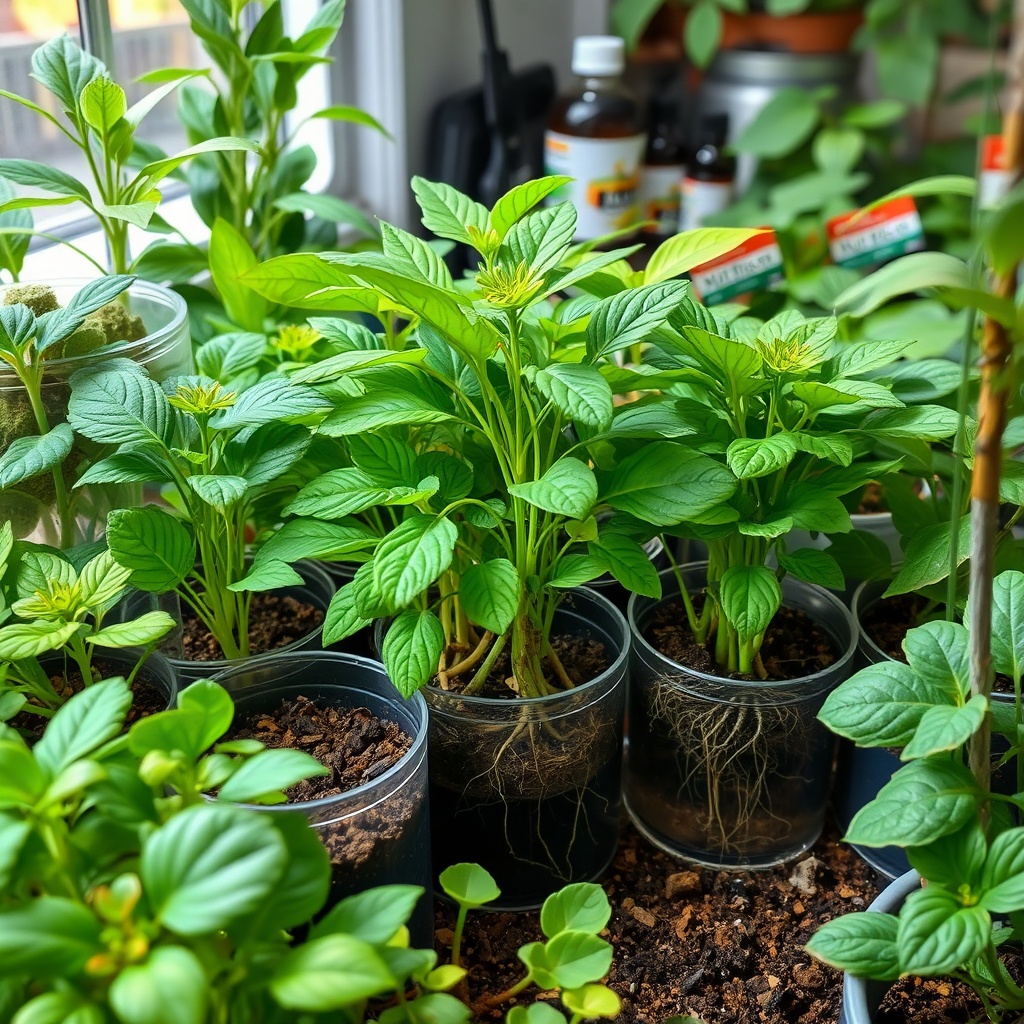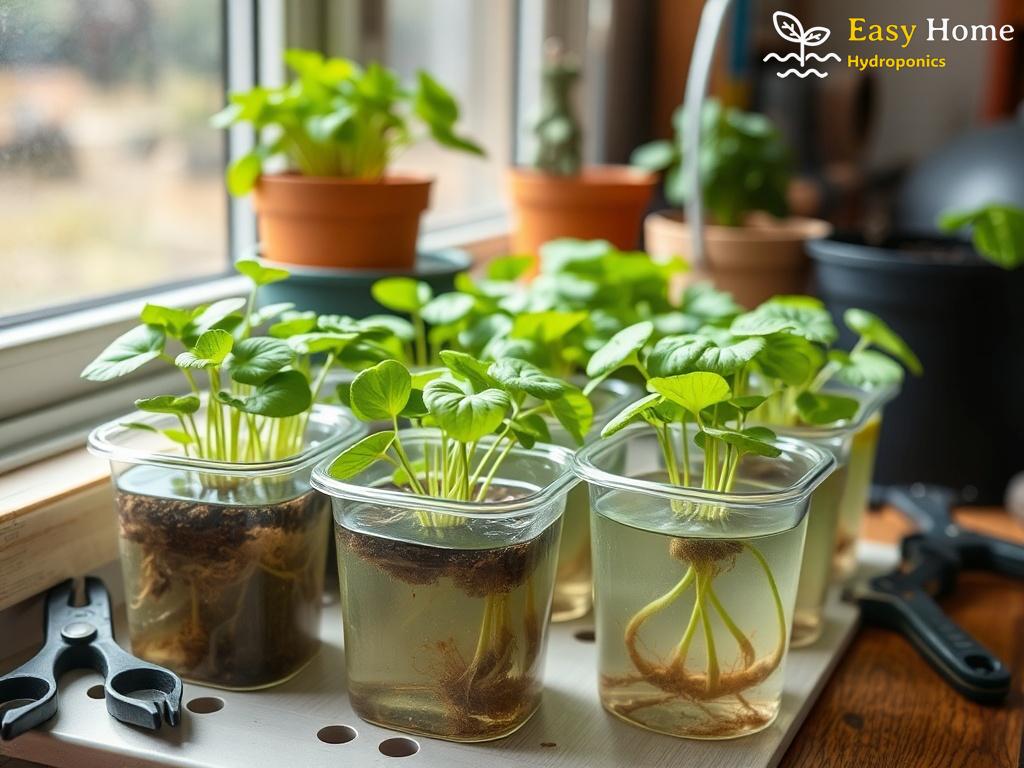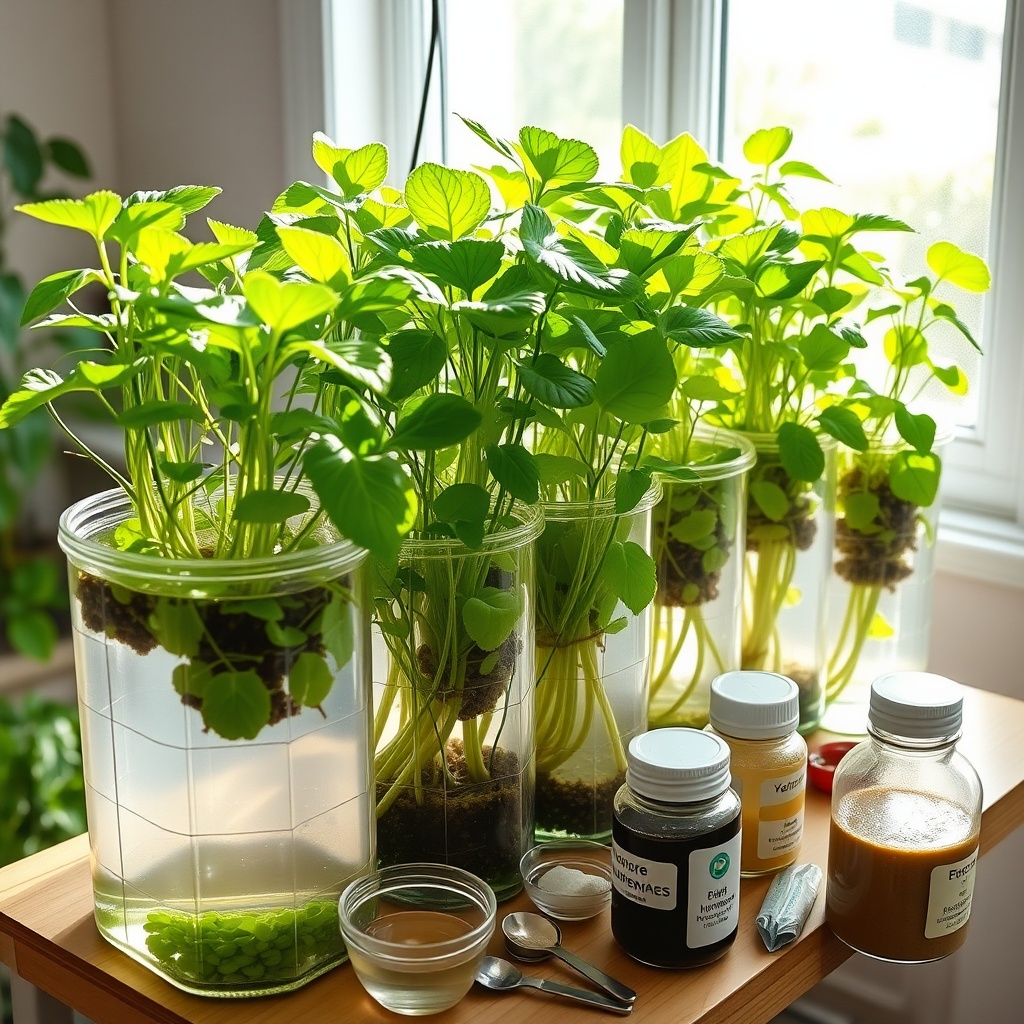Understanding Your Plants’ Nutritional Requirements
Indoor gardening offers a unique opportunity to cultivate a variety of plants, but it comes with its own set of challenges, particularly when it comes to nutrient management. Different growth stages require different nutrient profiles, and failing to adjust these can lead to poor development or even plant death. Recognizing when and how to alter your nutrient delivery is crucial for thriving plants.
Key Growth Stages and Their Nutritional Needs
Plants typically progress through several key growth stages: seedling, vegetative, and flowering. Each stage has distinct nutritional needs that must be met to ensure healthy development. Here’s a breakdown of what to focus on during each stage:
- Seedling Stage: During this early phase, plants require a delicate balance of nutrients. Too much nitrogen can lead to leggy growth, while insufficient nutrients can stunt development. A balanced nutrient solution with lower NPK (Nitrogen, Phosphorus, Potassium) ratios is ideal.
- Vegetative Stage: As plants grow, their nutrient requirements increase, particularly for nitrogen to support leafy growth. A nutrient mix that emphasizes high nitrogen levels along with moderate phosphorus and potassium will promote robust foliage.
- Flowering Stage: When plants enter the flowering phase, their nutrient needs shift dramatically. Here, potassium and phosphorus become crucial for bud development and flowering. Switching to a bloom nutrient formula can enhance flower production and overall yield.
Practical Tips for Adjusting Nutrients
Implementing nutrient adjustments can be daunting, but with the right strategies, you can optimize your indoor garden effortlessly. Here are some practical tips to help you navigate nutrient management:
- Monitor pH Levels: Ensure that the pH of your nutrient solution is optimal for nutrient absorption (generally between 5.5 and 6.5).
- Observe Plant Health: Keep an eye on your plants for signs of nutrient deficiencies or excesses, such as yellowing leaves or burnt tips.
- Gradual Changes: When adjusting nutrient levels, do so gradually to avoid shocking the plants. Sudden changes can lead to stress and adverse effects.




